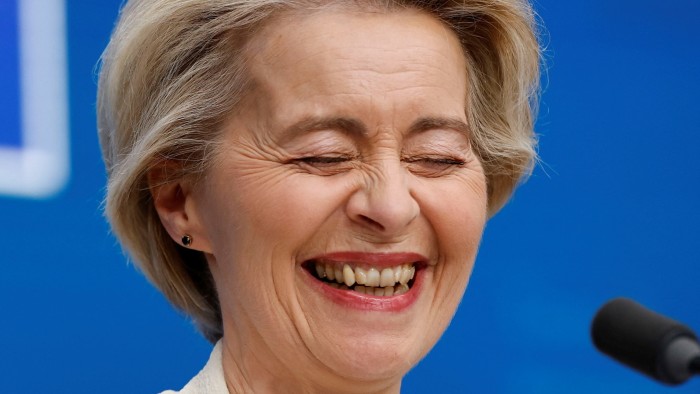The narrative of American exceptionalism, which positioned the US as the primary market of interest with large US technology stocks considered nearly risk-free assets, is being challenged. Since Donald Trump’s election, European stocks have outperformed US equities, despite appearing different over extended periods and recent fluctuations linked to Washington’s activities. This shift has sparked genuine investor interest, reflected in the increasing inquiries about Europe among sell-side analysts.
Fund flow data now reflects this trend. In the week leading to March 5, western European equity funds saw an inflow of $4 billion, the highest in three years, bringing the year’s total to over $10 billion, according to EPFR Global. Although modest compared to the vast sums moving in and out of US equity funds, this marks a significant change from the investor sentiment towards Europe over the past decade. Western European equity funds have experienced four consecutive weeks of inflows, the longest streak since the mid-2021 stock market boom.
The duration of this trend remains uncertain. Historically, Europe’s economic performance has been inconsistent, yet recent developments suggest a potential shift. Barclays’ European equity team describes the current market performance as a “relief rally.” They note that systematic investors have reduced their short positions on Europe, reassured by less severe tariff impacts, hopes for a Ukraine ceasefire, and weak foreign exchange boosting earnings per share revisions. This has led to price-to-earnings multiples climbing back to fair value levels, reversing the Trump risk premium post-US election. While fast money has turned optimistic, real money investors remain cautious due to Europe’s weak growth environment. Year-to-date inflows have not fully offset Q4 redemptions.
However, Germany’s recent fiscal measures and EU-wide reform news could signify a regime change, marking the advent of “Europe 2.0.” The German proposals include a €500 billion fund for infrastructure and debt brake limit reforms, alongside significantly increased defense spending. Meanwhile, the European Central Bank’s supportive monetary policy, with a 25bps rate cut, may see reduced chances of further easing due to reflationary fiscal policies.
In the broader context, if pro-growth and supply-side policy measures are implemented, they could rejuvenate domestic growth in Europe and Germany, absent since the global financial crisis. This might eventually raise Europe’s growth above trend, prompting strategic reallocation towards the region and driving valuations higher. This scenario remains underappreciated, as US exceptionalism has dominated investment strategies for the last two decades.
— news from Financial Times
